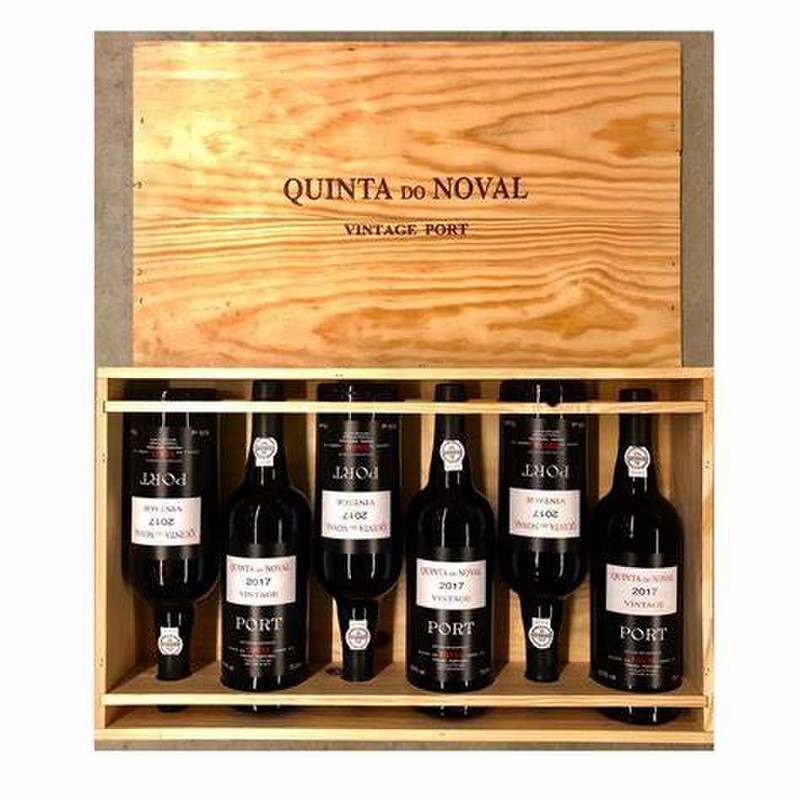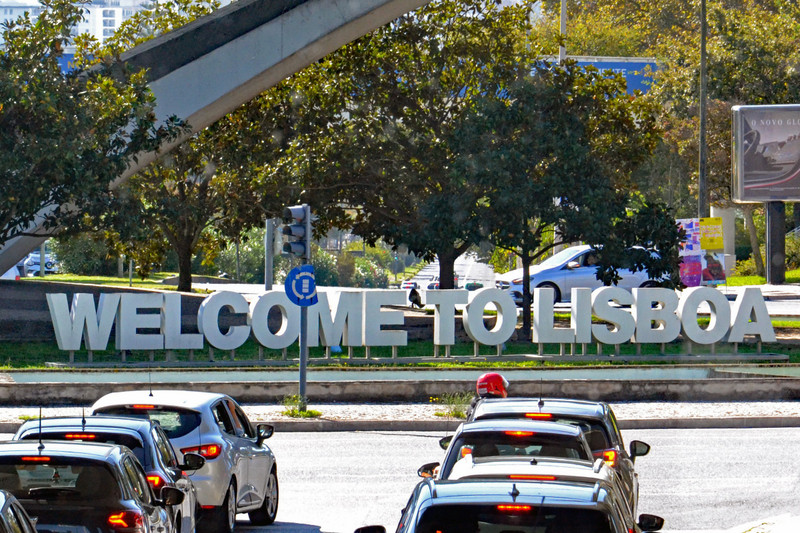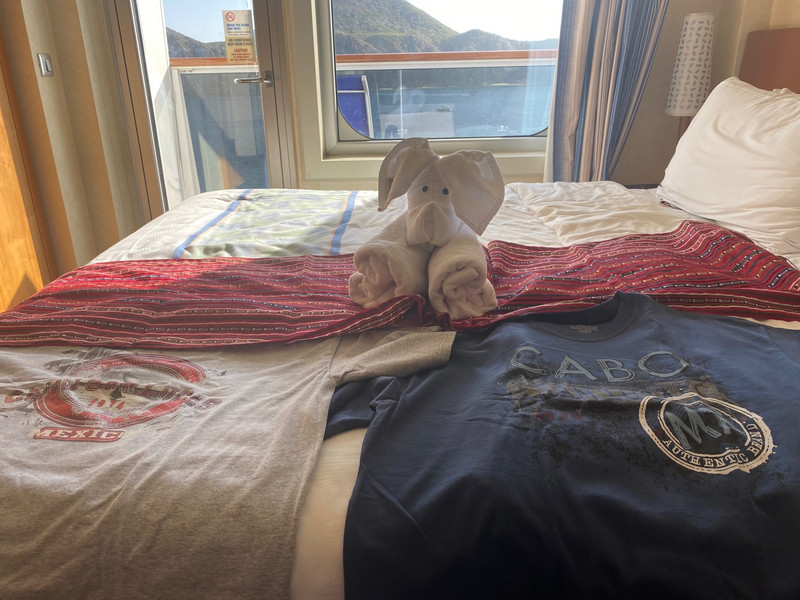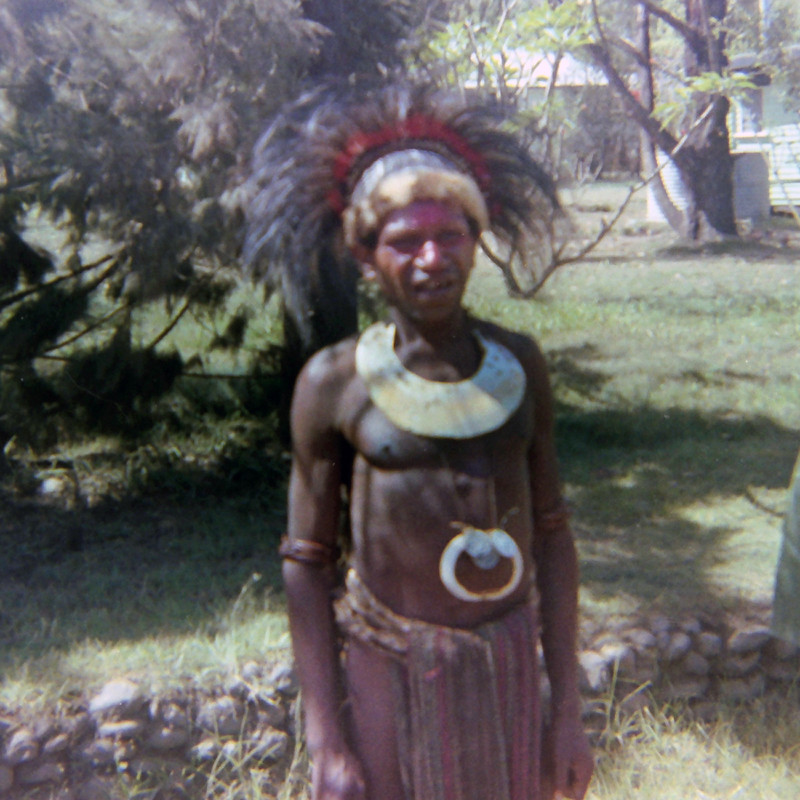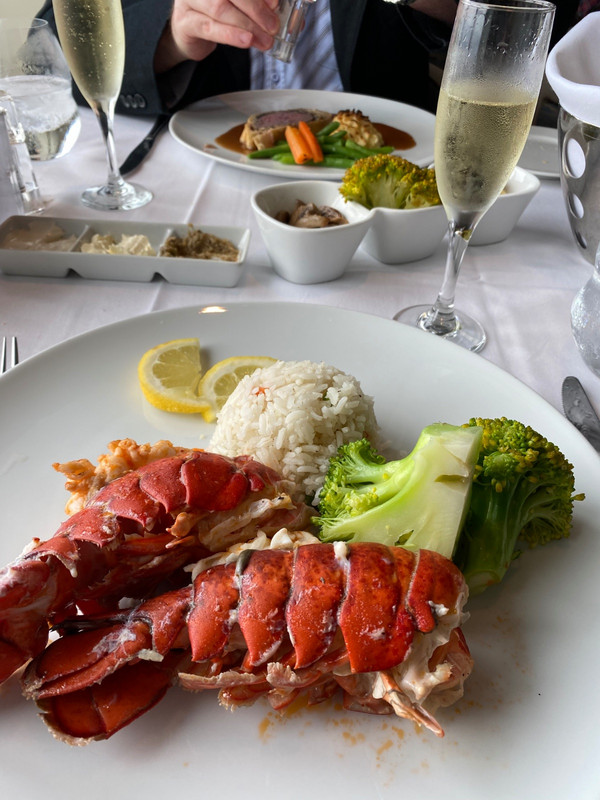DOC (or DOP): DOC stands for Denominao de Origem Controlada and means the from a strictly defined geographical area with and permitted grapes and maximum vine yields (to control quality). Technically there are 31 DOCs in Portugal, although 3 of them overlap, making it seem more like 28.Vinho Regional (or IGP): The entirety of Portugal is divided into 14 regional wine (vinho regional) areas that have less strict rules for controlling which types of grapes are used as well as maximum vine yields. While this implies that the wines will not be as high quality, many creative and pioneering producers in Portugal use the Vinho Regional designation to create excellent wines using grapes or blends not allowed in DOC.<li 0px; solid; 0.5em; 0.5em; 1.75em; 11pt; Arial, Helvetica,
(Wine): This is the most basic classification of Portuguese table wine. Chances are you wont see this outside of Portugal.
Alentejo is among the wine regions most vulnerable to climate change, so while it still produces its famed wine, visiting it makes for a worthwhile experience. There are many grape varieties in the region as wine is among its most valuable products. Alentejo really loves its wines because they have a cork industry, too. The rich blend of Vinho do Alentejo makes it easy to understand why this region in Portugal is highly respected and why it should be protected.
When Arlindo Serro wants time on the Portuguese coast, removed from the tourist crowds of the cities and more popular beach destinations in the countrys far south, he leaves Lisbon for a special stretch of coast in the Alentejo region.
People are calling Alentejo ‘Europes secret, but I dont know for how long it can remain like that, said Serro, founder of Portugal Dive.
Alentejo offers long stretches of uninterrupted beachfront and incredible wine and seafood without the hordes that descend on beach destinations in the Algarve.
Here, just south of the Tria Peninsula, the beach extends for nearly 28 miles and the outposts of Comporta and Melides are the perfect places to stay and rest from everyday life, Serro says.
For an unspoiled stay, Sublime Comportas rooms, suites and villas are surrounded by pine and cork trees and towering wild dunes.
In addition to its spectacular beaches, the region is known for being Portugals largest wine producer as well as for having the most marked hiking trails in the country.
The Douro Valley is considered the oldest demarcated wine region, as reported by Forbes. So impressive is its wine culture that the valley is listed as a UNESCO World Heritage Site. After visiting the museum, tourists should enjoy walking by the Douro River that passes through the wine region. The waterway probably helps in making Douro wines so visitors should pay a visit. The enchanting beauty of the valley is best enjoyed with a wine glass in hand and with loved ones.
